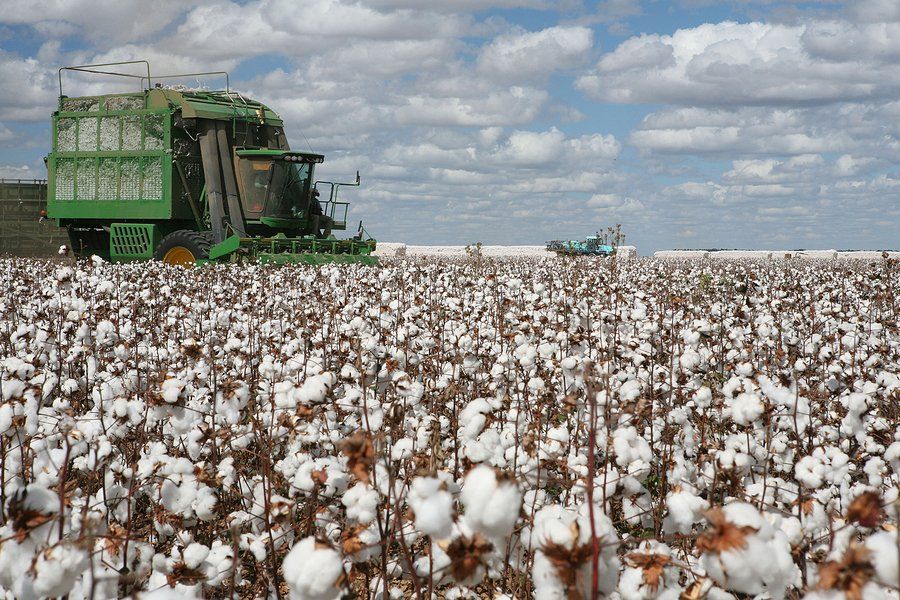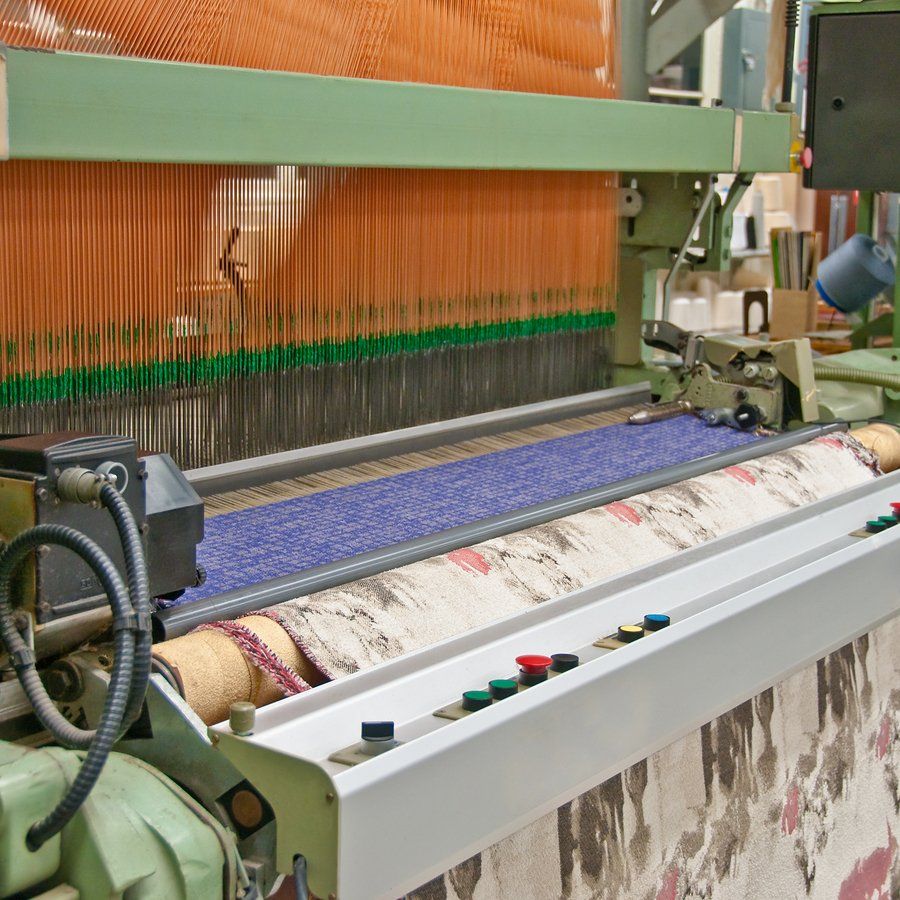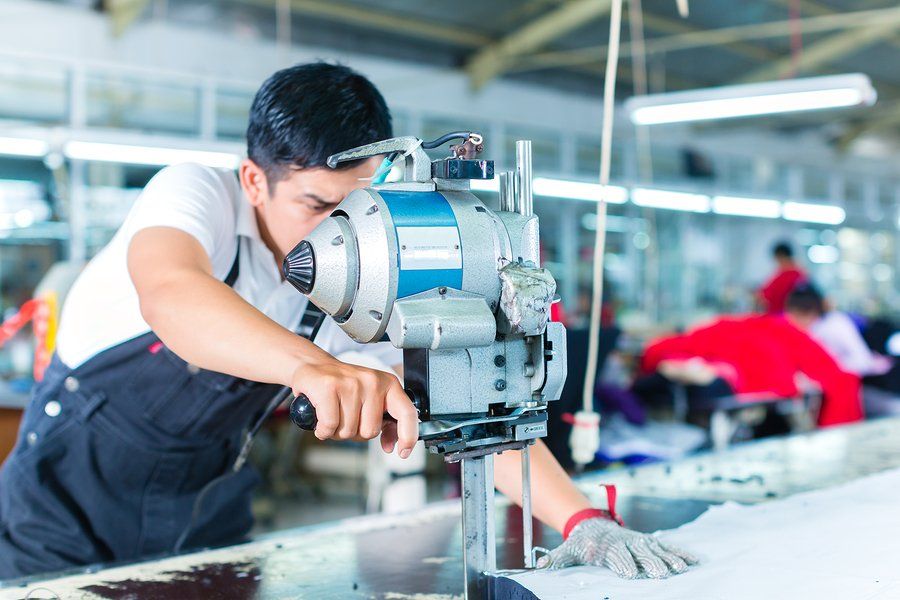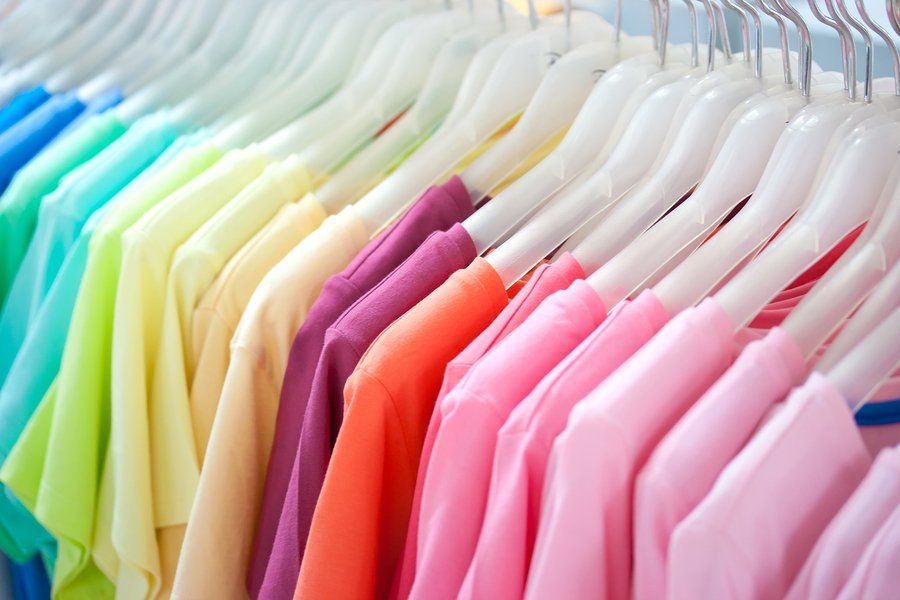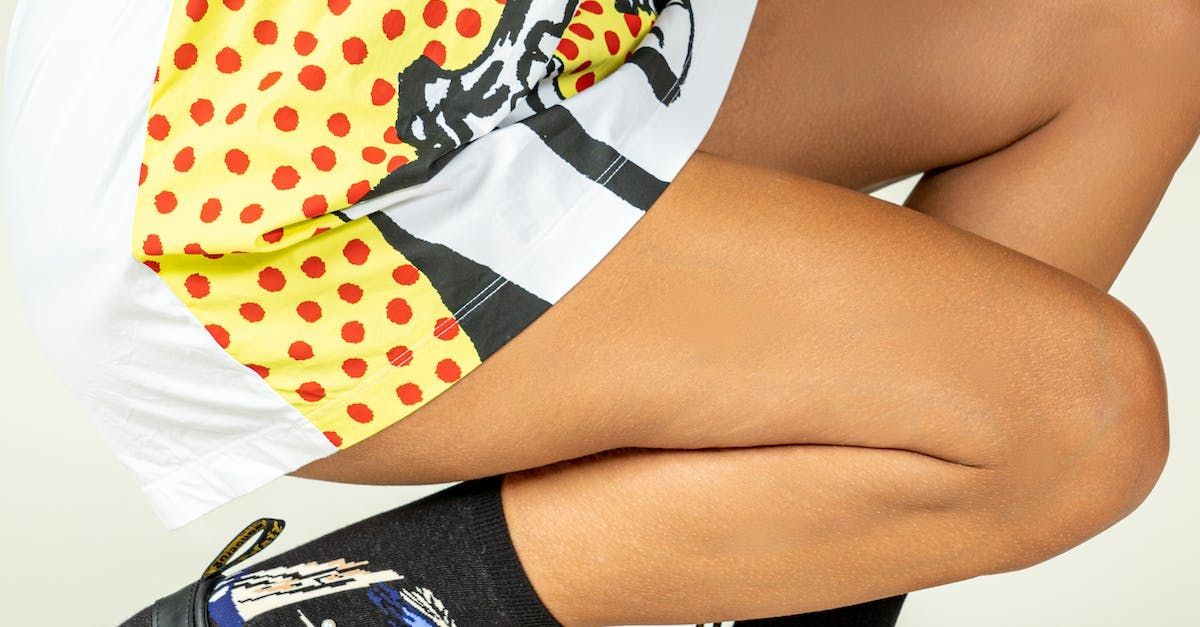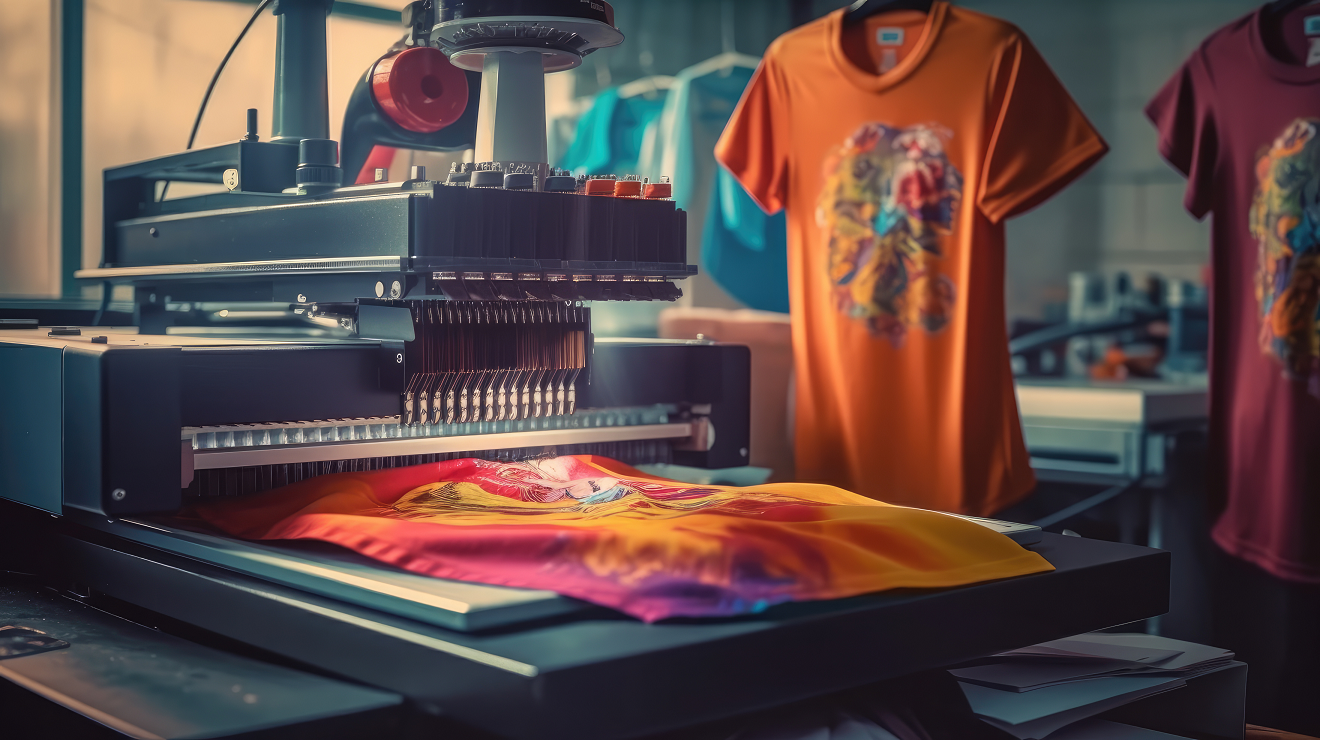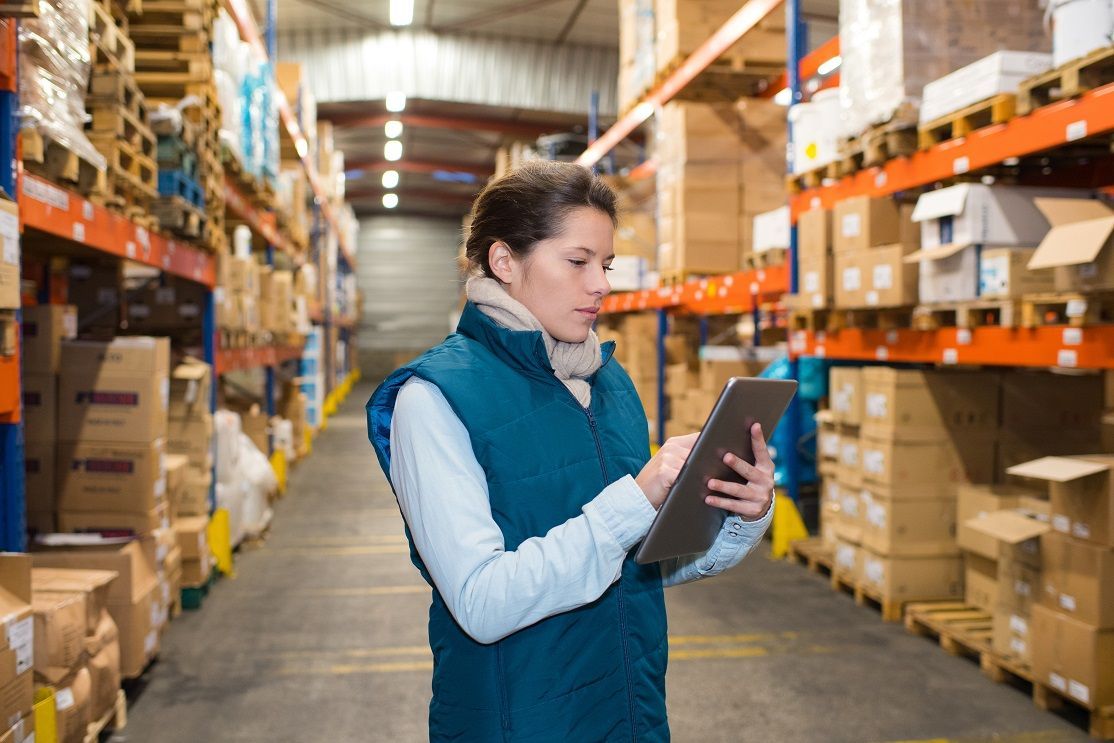From Seed to Store Roadmap
Published: April 09
Even the most humble consumer product is a triumph of cooperation and coordination. Economist Milton Friedman marveled at the difficulty one man would have making a graphite pencil, an item that businesses churn out in huge numbers with ease. The story of a garment is no different — from its origins in the fields and textile warehouses to its final destination in a retail store, hundreds of people have a hand in its production.
In fact, a simple cotton t-shirt travels thousands of miles along the fashion supply chain before it ends up in a store (or in your closet). Here’s the roadmap of the fashion supply chain, from seed to store.
Fashion Supply Chain Step 1: Planting and Harvesting the Raw Materials
Cotton
The cotton t-shirt starts its journey as a tiny cotton seed. Cotton is the most commonly used raw material for fabric in the world — 60% of women’s clothing and 75% of men’s clothing contains some cotton. First cultivated about 7,000 years ago in both Mesopotamia and Mexico, the English name for cotton comes from the Arabic word kutun, which was used to describe any fine textile.
Today, about 110 million bales of cotton are produced each year, and cotton cultivation accounts for 2.5% of the Earth’s arable land. And it doesn’t just come in white — there are natural variants of cotton that are green, red, and various shades of brown, but fear of contaminating the more popular white cotton has inspired bans on the colored varieties throughout history. Today, these naturally colored cottons are available on the specialty market.
Even with such a distinguished pedigree, cotton is a fickle crop. It needs long a long frost-free period along with moderate rain and near-constant sunshine to survive. Cotton also requires a great deal of water, so much so that countries that have been irresponsible with their irrigation practices in the past are starting to feel the consequences.
Cotton is also the perfect feast for a variety of pests, so bringing in a crop can require heavy pesticide use. These issues have raised a number of ecological and sustainability concerns about the widespread cultivation of cotton.
Bt and Organic cotton
Bt and organic cotton represent the two different roads cotton producers have taken to deal with the problems posed by cotton cultivation.
Bt cotton is genetically engineered to produce Bacillus thuringiensis (Bt), a microbe that produces hundreds of proteins that are deadly to select species of cotton pests, but harmless to other organisms. It has some pros and cons, including:
- Bt cotton was initially very effective at repelling pests.
- It is widely used in India, and in the years following its introduction cotton yields increased dramatically.
- However, that increase wasn’t sustainable — Bt cotton makers say that the pests it repels may be gaining some immunity to the Bt cotton, and improved versions will be released.
- Some consumers are reluctant to purchase from companies that include Bt cotton in their fashion supply chain.
Organic cotton goes in the opposite direction — rather than using genetic engineering, organic farmers use non-genetically modified crops and abstain from any synthetic pesticides and fertilizers. They also try to work with the local environment to create sustainable irrigation systems.
The organic cotton movement is spearheaded by the Sustainable Cotton Project, a nonprofit that helps farmers move from standard practices to more sustainable, ecologically friendly options. The Sustainable Cotton Project also helps apparel manufacturers incorporate that cotton into their fashion supply chain.
Planting and Cultivation
Farmers plant their cotton using huge mechanical planters that cover 10-24 rows at a time. The planters cut a line in the tilled soil, drop seeds in the line either alone or in small clumps, and cover them back up. Machines, called cultivators, then go back over the ground, pulling up any grass or weeds that might compete with the cotton. Weather permitting, in about three months the cotton will have flowered and will be almost ready for harvest.
Harvesting and Ginning
There are a variety of machines that are used to harvest cotton, including pickers and strippers, named for the way they pull the cotton from the stalk. Most modern cotton operations use machines rather than hand picking, but in some areas the backbreaking labor of hand-picking cotton is the only option. The seed cotton is then stacked and formed into bricks, called modules.
Once the cotton has been picked and packed, it travels to the gin. Although the invention of the modern cotton gin is commonly credited to Eli Whitney, the cotton gin has been around since at least 500 AD — ancient stone versions of the technology have been found in India. Cotton gins clean, purify, and remove the seeds from cotton fiber, leaving a pile of waste and the raw materials to spin the world’s most popular textile.
Fashion Supply Chain Step 2: Weaving the Fiber Into Cloth
Weaving has been around for a very long time. In ancient India, sheer cotton muslin was woven so fine that 73 yards of it weighed just one pound, but it required an incredible amount of labor to operate on the hand-powered looms of the day. Thankfully, modern weaving processes are much less labor intensive than their ancient predecessors and fit into your fashion supply chain by delivering much greater speed and efficiency.
The raw cotton fiber is run through what’s known as a carding machine, which further cleans and purifies the fiber and lines them up into 2-3 soft, straight ropes called slivers. The slivers are then loaded up into a spinning frame, which rotates the fiber at incredible speed, twisting it into recognizable cotton yarn. This yarn is then fed into a loom. While some hand looms are still functional (and used), most production facilities use modern loom machines that operate at an exponentially higher speed. The looms weave the cotton yarn into sheets of cloth, known as gray goods, that are shipped to garment manufacturing facilities to be bleached, dyed, or otherwise finished.
Fashion Supply Chain Step 3: Finishing and Shipping the Cloth to Distributors
Purification and Pre-Finishing
After the cotton has been woven into cloth, it gets loaded up on planes, trains, trucks, and cargo ships and sent to textile finishing facilities. This is where the garment starts to take on a recognizable form. There are dozens of finishing techniques, all of which enhance the raw cloth and make it more appealing and useful in the final garment.
The process starts with a final round of purification and cleaning, which can include:
- Singing: Heat is applied to the unfinished cloth to burn off surface fibers and make the cloth smoother.
- Desizing: Sometimes unfinished cloth comes in huge pieces — acid and enzyme washes are used to break it down to a more manageable size.
- Scouring: The unfinished cloth is cleaned with chemical washes to remove any remaining seed fragments or plant wax.
- Bleaching: Bleach is applied to remove off colors from the cloth, and get it as white as possible.
- Mercerization: An alkaline soda is applied to the cloth, which makes the fibers swell up, appear more lustrous and feel softer.
Depending on what the final product will be, the treated cotton may then be colored. There are two popular methods for adding color to cloth — dyeing and printing. Cotton picks up pigments very easily, so it’s simple to add a variety of colors to the cloth. Typically, the cloth is submerged in a vat of dye for a period of time, then rinsed and dried. Some environmentally conscious producers use a process, called AirDye, which uses no water at all. Cotton cloth can also be screen or block printed with any design its producer can imagine.
Finishing
When the cotton is prepped and dyed, it’s ready for the last steps of the finishing process. A number of mechanical and chemical techniques are applied to get the desired texture and properties out of the cloth, including:
- Raising: A machine with thousands of tiny, sharp teeth runs over the cloth to pluck surface fibers, adding fuzziness and warmth to the final product.
- Calendering: The fabric travels between different types of heated rollers to produce the desired textural effects.
- Chemical Finishing: Chemical treatments can add wrinkle-resistant, flame-retardant, and anti-microbial properties to the cloth.
- Sanforization: Sanforization is the industry term for pre-shrinking cotton, ensuring that garments won’t come out of the dryer half their original size.
Once the cloth is finished to specifications, it is shipped to the next step in the fashion supply chain: garment factories where it will be cut, sewn, and turned into your cotton t-shirt.
Fashion Supply Chain Step 4: Producing the Garments
In the Garment Factory
While some companies have implemented vertical integration and spin their cloth in the same facility where they make their garments, most clothiers produce their garments in factories spread out all over the world. The garment factory is not an easy place to work. Employees often work long hours with little rest, performing the same stitches day in and day out. These difficult conditions have raised the ire of labor activists, and a global pushback against dangerous labor practices has inspired some companies to overhaul their production process and fashion supply chain. Some businesses have had success using such reforms as selling point for socially conscious customers.
With input from their creative and design teams, clothing companies determine what sizes, cuts, and colors will be in demand in the coming weeks and months. Workers cut the finished cloth into the required shapes and designs, and send the cut cloth along to the next set of workers — the people who sew the garments.
These workers put the pieces together, delivering an almost-finished product. As the garments are completed, they are collected and sent back for another round of finishing, cleaning, and pressing before being packaged and stored for shipment to distribution warehouses worldwide.
Fashion Supply Chain Step 5: Shipping Finished Products to The Warehouse
Your t-shirt is now on the final steps of its journey to your closet. Depending on the distribution system used by its producer, once the shirt leaves the doors of the garment factory it will head to a distribution warehouse or directly to the retail store. Since most apparel manufacturers sell their garments through multiple channels, we’ll follow this t-shirt through the distribution warehouse.
Brands, retailers, and host of other companies all use massive distribution warehouses to organize and move their products to where they need to be. Amazon is famous for its efficient warehouses, and they have some lessons to teach apparel businesses — they are now the third largest clothing retailer in Germany.
Many of these warehouses are outfitted with cutting-edge RF tracking technology, allowing the management to individually track every single item moving in and out of the warehouse, as well as each item’s location in real-time. When applied globally, this technology empowers companies to track their entire fashion supply chain comprehensively, from raw textile to finished garment.
Once the shipment of garments containing your t-shirt arrives at the distribution warehouse, it will be scanned and stowed in the warehouse, waiting to get the call from a brick and mortar or online retailer. Depending on how popular the item is, the warehouse managers may put it right by the door or back in a corner (as it turns out, choosing the right locations for inventory can make a big difference in efficiency for a warehouse).
Fashion Supply Chain Step 6: Distribution From Warehouse to Storefront
As soon as a store is ready for another shipment of shirts, they call the warehouse and your shirt makes another leg of its journey: to the store, or to your house if you ordered it via an online retailer. The shipment is loaded up either on a freight truck or, if the order was placed through an online retailer, sent out via postal service, FedEx, or UPS right to your door.
If your order was shipped to the store, employees then receive the shipment. They scan each garment as they unpack it, and decide where the garments should be displayed in the store. Surprisingly, item placement can have a major effect on how quickly retail products sell. If your t-shirt is an extremely popular item it will likely be placed near the front of the store, at eye level.
Clearly, there’s a lot that goes into a plain cotton t-shirt. On its journey along the fashion supply chain, it’s seen more people and places than many of us ever do. From seed to storefront, before you ever put it on, your clothing has lived a full life.
If you run an apparel business, this isn’t news — you’re already familiar with just how complex the fashion supply chain can be. When you’re struggling to stay on top of all the moving parts of your business or just looking for greater insights to optimize your operations, ABS can help!
Our ERP software is purpose-built to monitor and track every aspect of your fashion supply chain, and our expert consultants can help you use that data to optimize your processes and systems. Contact us today for more information.


We will get back to you as soon as possible.
4325 Alexander Drive, Suite 100
Alpharetta, GA 30022-3740
Apparel Business Systems | All Rights Reserved

